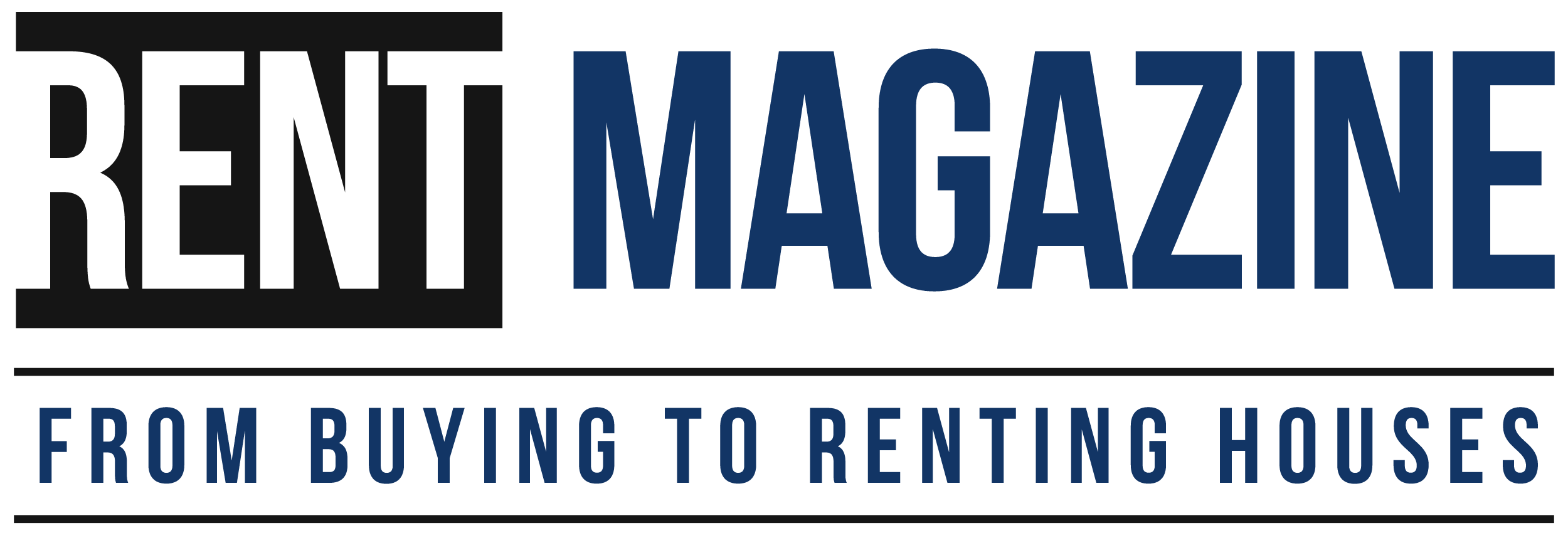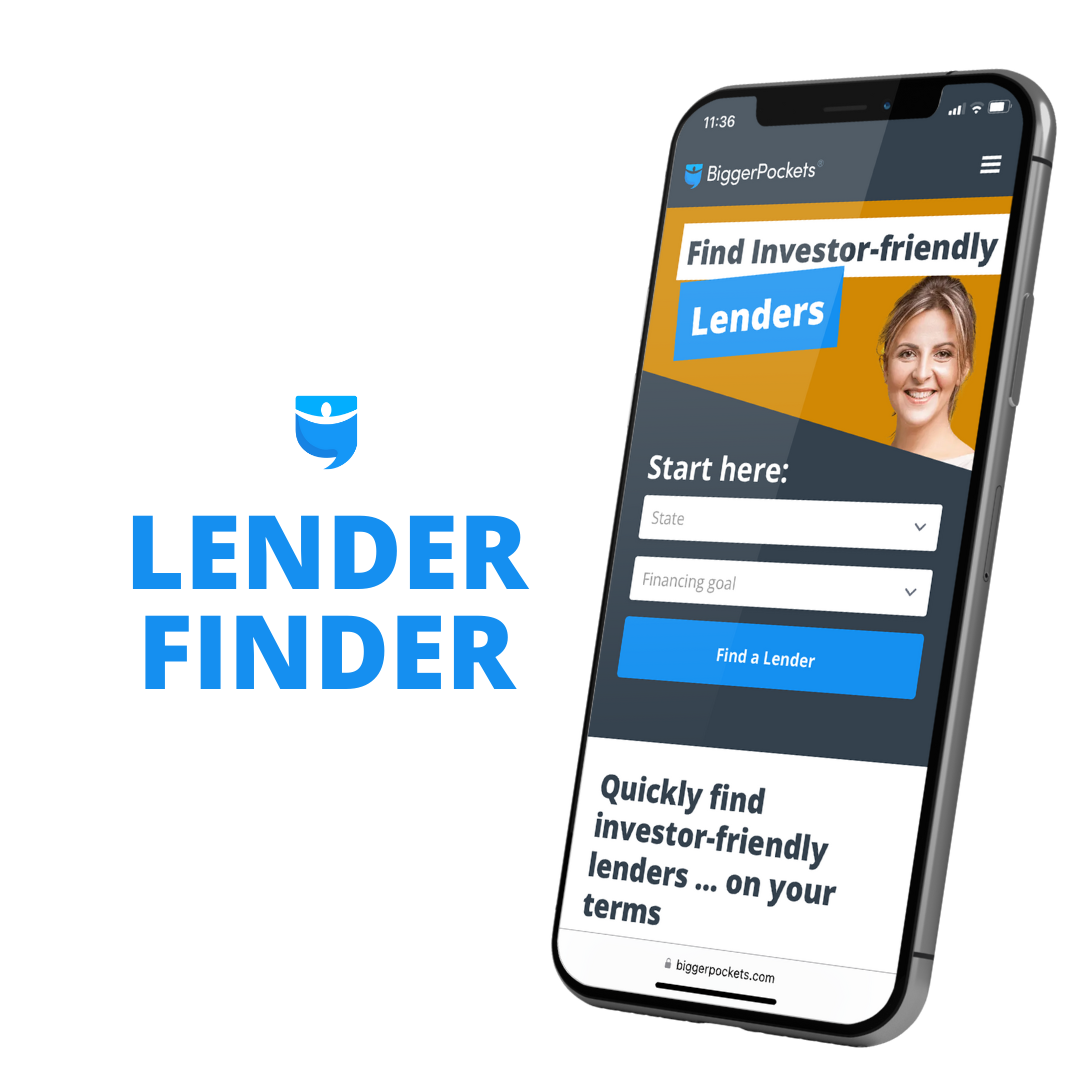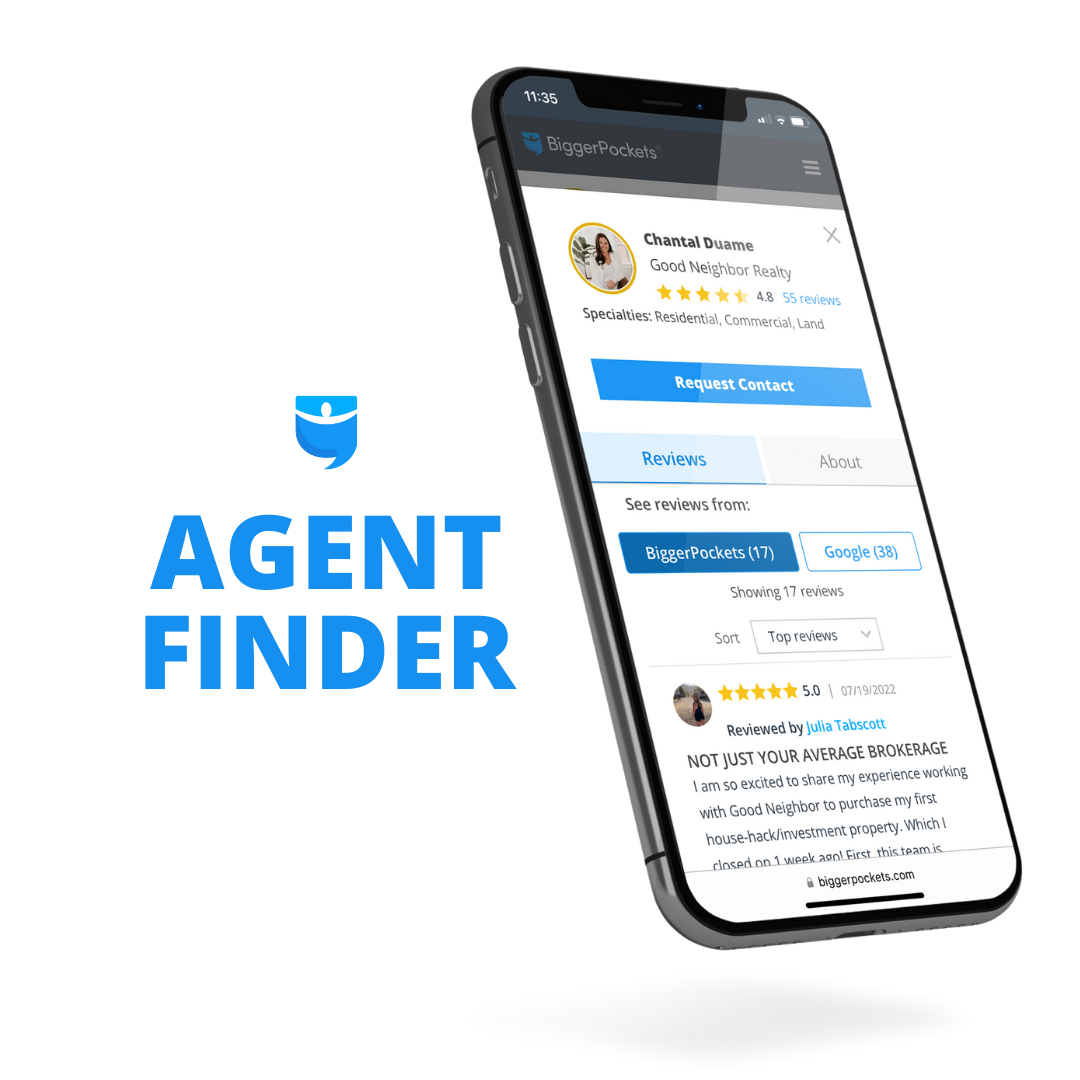This story was originally published at BiggerPockets.com
Housing is the single-largest expense for most Americans. Those looking to offset living expenses, build equity, and earn rental income have become enamored with house hacking.
For new investors, house hacking is a great way to get into real estate investing. You can refine your strategy while living cheaper than you likely would otherwise. Over a few years, one house hack can quickly turn into two or three and help you scale your portfolio.
Even so, investors looking for deals are facing resistance from the market. Low inventory, coupled with high interest rates, aren’t exactly ideal buying conditions. As a result, cash flow is hard to come by. This shift has caused investors, including house hackers, to look for creative ways to make the numbers work, like renting by the room or short-term rentals.
Perhaps the best-kept secret in real estate circles is an opportunity called assumable mortgages. This type of financing gives house hackers an opportunity to turn back the clock on interest rates to as low as 2%, giving them more buying power.
What Are Assumable Mortgages?
Assuming a mortgage means taking over an existing loan rather than originating a new one when you purchase a house. All government-backed loans, such as FHA and VA loans, are assumable, and there are millions of these assumable mortgages out there. In 2020 and 2021, when most new mortgages originated were below 4%, about a third of those loans are eligible for assumption today.
How it works
Like a traditional loan application process, when you assume the mortgage from the seller, you will need to go through underwriting with the mortgage servicer. The existing mortgage servicer will want to ensure that you have sufficient funds and credit in alignment with the loan’s criteria, as well as conduct any additional due diligence as part of their approval process.
When you assume a mortgage, you become responsible for the remaining loan balance, taking over the seller’s monthly payments and keeping the existing interest rate. To take over the loan balance, you need to buy out the seller’s existing equity in the property.
Imagine this scenario for a potential seller:
- Property value of $300,000
- $60,000 in equity
- 2.5% interest rate
You would need to come to closing with $60,000, leaving you with a remaining loan balance of $240,000 at 2.5% interest.
In instances where a higher down payment is required, you may be able to take out a second mortgage at 80% of the LTV ratio. While that second mortgage would be at today’s interest rate, your blended rate between the two loans would be far lower compared to taking out an entirely new mortgage.
If you decide to employ this strategy, calculate your savings based on the blended rate of the two loans to determine if it makes financial sense to pursue the assumable mortgage.
Types of assumable mortgages
You can’t just assume any seller’s mortgage. As noted, all government-backed loans are eligible for assumption. Each of these comes with the caveat that you must meet the eligibility and underwriting requirements.
Here are a few different examples of assumable government-backed loans:
- FHA (Federal Housing Administration): If you aren’t currently using an FHA loan, you can assume one.
- VA (Veterans Affairs): You don’t need to be a veteran to assume a VA loan.
- USDA (U.S. Department of Agriculture): These are likely in more rural areas, so if that’s where you want to buy, you should look into this.
In contrast, most conventional loans are not assumable. That’s because they often feature something called a due-on-sale clause, which means the outstanding balance of the loan must be paid when the property is sold. There are some specific exceptions on conventional loans: successor in interest (after a death), divorce, and a family purchase.
Why House Hackers Should Capitalize on Assumable Mortgages
Assumable mortgages can be a great asset to house hackers. Before you can take advantage, it’s important to understand the ways it can help jump-start your investment portfolio.
Mortgage eligibility
As a savvy house hacker, you have a unique advantage because you will be occupying the property as a primary residence, which is a requirement for getting approved for an assumable government loan.
Lower interest rates
Recently, interest rates hit a 23-year high, so why purchase a home at over 7.5% when you could assume a mortgage with an interest rate as low as 3%?
Let’s assume $35,000 is your down payment. If you bought a $350,000 house at just over 3% instead of 7.5%, your payments would be about $1,360 per month instead of $2,380 per month. That translates to over $12,000 in savings per year. Think about how much easier it will be to offset those payments and turn that home into a cash-flowing property in the future.
Cash Flow
Ask any investor scouring the MLS or off-market deals, and they’ll likely mention that cash flow is hard to come by. In contrast, people who bought properties during the era of historically low interest rates looked like investing geniuses—even if they weren’t.
A by-product of low interest rates coupled with a potentially higher down payment on an assumable mortgage is increased cash flow, both now and in the future. While living in the property, you might be able to live for free, reduce your expenses, or put extra money in your pocket.
The wealth snowball really begins as you move to the next property. You’ll be able to rent out the space you formerly occupied to make more money, whether that be an additional unit, in-law suite, ADU, or bedroom.
What’s the Catch?
If assumable mortgages are so advantageous, why aren’t more people using this strategy?
Put simply, finding an assumable mortgage on your own is challenging. And if you manage to locate a home with an assumable mortgage, the lack of knowledge about how to follow the assumption process serves as another barrier.
Now, house hackers have access to resources that help overcome each of these obstacles.
Finding an Assumable Mortgage Made Simple
Historically, the biggest challenge has been finding homes with assumable mortgages. Keyword searches for assumable mortgages on real estate sites turn up only a handful of results. The rest are hidden in plain sight.
The assumable mortgage discovery problem is now being addressed by a company called Roam, a platform that helps buyers find and purchase a home with an assumable mortgage. Roam’s founder and CEO, Raunaq Singh, explained:
“Finding an assumable mortgage used to be like looking for a needle in a haystack. It required you to look through public records, then cross-reference the information with the MLS (multiple listing service) to see if the home was listed for sale. You could also take the approach of finding a house you like and asking the listing agent if they knew what the financial situation was. Obviously, this can become a cumbersome process as you look through dozens of houses in your search.”
Singh, who previously worked at Opendoor and served as the company’s first loan officer, decided to start a company focused on a solution to this problem, saying: “I saw that many people were being priced out of homeownership by high interest rates and knew that assumable mortgages could alleviate the problem. There just wasn’t any easy way to locate these loans.”
With Roam, finding an assumable mortgage is no longer a cumbersome process. House hackers can now simply go to Roam’s platform in states where they operate to streamline the process.
Streamlining the Loan Assumption Process
Did you know that something like 29% of homeowners have an FHA or VA mortgage? Yet the FHA has processed roughly 3,300 assumptions this fiscal year—only a fraction of what’s out there.
Part of this can be explained by the lack of access to a database of assumable mortgages. The other part of this equation is threefold:
- Unfamiliarity: Due to the limited number of annual assumptions, many agents, buyers, and sellers are unfamiliar with the process.
- Lack of incentive for mortgage servicers: Mortgage servicers make more money by originating a new loan than they would from an existing mortgage. Servicers also make more in interest from higher interest rates.
- The paperwork: The assumption process tends to take longer than a traditional sale. There is very specific paperwork that ensures that the loan is successfully transferred. Filing the paperwork incorrectly or missing information can prolong the closing timeline.
You can take charge of this yourself if you feel so inclined—but you also don’t have to. For a 1% fee, Roam oversees the entire process to ensure that the transaction stays on schedule. This includes project managing loan servicers, helping you get your paperwork in order, and making the process hands-off for agents.
Another Tool in Your House-Hacking Toolkit
The power of assumable mortgages cannot be overstated for those in the position to take advantage of them. This largely untapped financial instrument can offer significant potential to those looking to maximize their real estate investments.
However, not all homes come with assumable mortgages. As you navigate your real estate journey, you may find yourself faced with choices. You might need to weigh the options between your dream home in an ideal location and a more favorable interest rate, or you may have to exercise patience in your search for the perfect fit.
In the end, the decision is in your hands. Just ask yourself: ”Do the potential benefits make the effort worthwhile?”
Get the Best Funding
Quickly find and compare investor-friendly lenders who specialize in your unique investing strategy. It’s fast, free, and easier than ever!

Join the community
Ready to succeed in real estate investing? Create a free BiggerPockets account to learn about investment strategies; ask questions and get answers from our community of +2 million members; connect with investor-friendly agents; and so much more.
Note By BiggerPockets: These are opinions written by the author and do not necessarily represent the opinions of BiggerPockets.


